
Japanese cuisine has been attracting worldwide attention in recent years. In light of that, there are probably many people who want to try authentic Japanese food when they visit Japan. This article turns the spotlight on tempura, one of the most popular Japanese foods.
What Is Tempura?
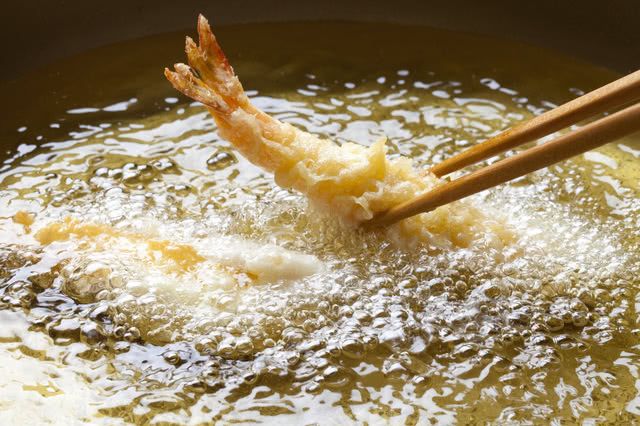
Some of the ingredients commonly used when making tempura are seafood such as shrimp, squid, and kisu (sillago), as well as vegetables such as sweet potato, lotus root, eggplant, and pumpkin.
Preparing it is quite simple, as all you have to do is dip the ingredients in the batter and fry them in vegetable oil heated to 160 - 180℃! However, it is important to note that while it looks easy, it is quite difficult to get that perfect crispy texture!
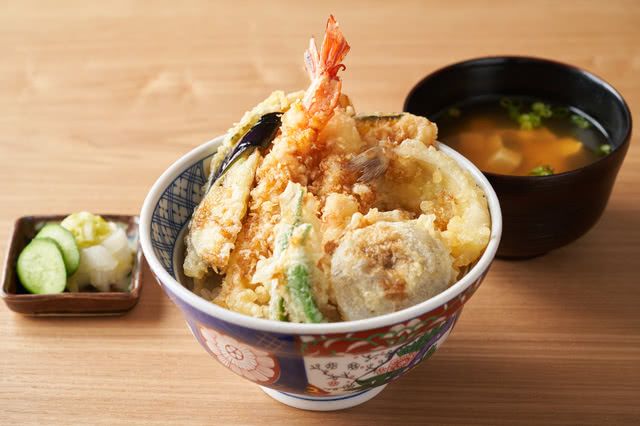
One of the charms of tempura is that you can have it many different ways. You can place it atop rice and serve it as tendon (rice bowl dish with tempura), mix matcha (green tea) or green dried seaweed into the batter, or put other seasonings such as matcha or sansho (stong Japanese pepper) into the dipping salt to add flavor. Make sure to try various tempura dishes when you visit Japan!
It's not originally a Japanese Dish?! The History of Tempura
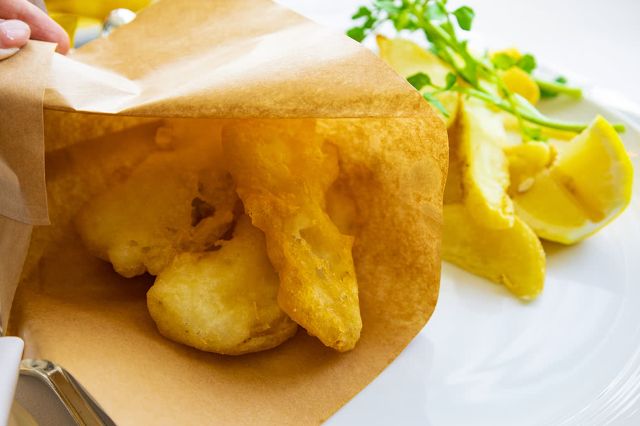
It is said that tempura came from fritters (vegetables and fish coated in flavored batter and then deep fried) that were brought to Japan from Portugal in the mid-16th century.
There is a theory that its name comes from the Portuguese word "temporas," which are "ember days" that occur each season.
Meat consumption is prohibited during temporas, so it is said that fritter-like dishes were eaten instead, and these became the origin of tempura.
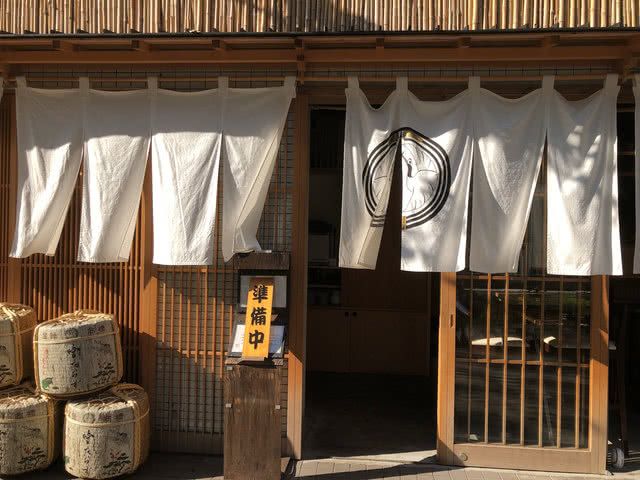
It wasn't until the 17th century, when oil production in the country increased, that tempura became more common among the masses. Around that time, standing food stalls mushroomed in Edo (modern-day Tokyo), and freshly-fried skewered tempura became popular as a light meal.
In fact, tempura could only be eaten at food stalls during those days to prevent fires!
By the turn of the 19th century, traditional Japanese restaurants and tempura specialty stores emerged, establishing tempura as a high-class dish.
When the Great Kanto Earthquake hit in 1923, chefs and cooks who lost their jobs moved to various parts of Japan, and their exodus led to the spread of tempura throughout the country.
This is also how tempura evolved into an everyday dish that people could easily eat even at home, removing the monopoly that traditional Japanese restaurants had. Tempura has become one of Japan's most well-known dishes around the world.
Why is Tempura considered a High-Class dish?
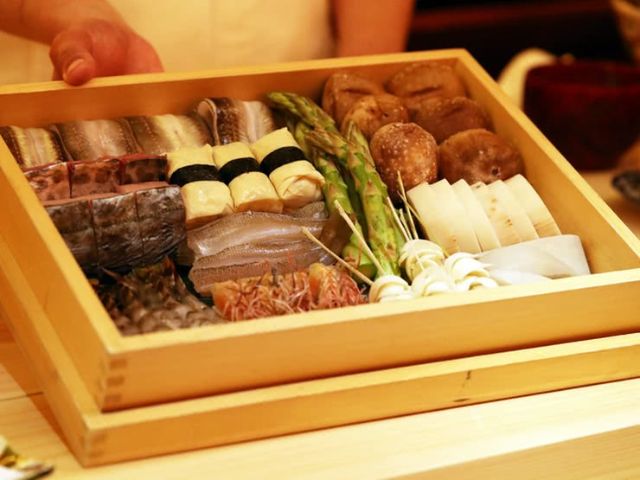
The reason is that chefs need to have extensive experience and expert culinary skills to be able to make delicious tempura.
And because of how simple it is to make tempura, its taste depends on the ingredients chosen and how they are fried. There are many things that chefs have to pay close attention to when making tempura. It is crucial to have a discerning eye for fresh ingredients and the pre-cooking preparation skills to make them even more delicious. You also have to pay close attention to the freshness of the oil used for frying, how to coat the ingredients in batter, and the frying time.
In addition, since tempura is best eaten straight out of the frying pot, it is often fried one by one, which takes time and effort.
Chefs need to be meticulous about everything that has to do with tempura, from the ingredients to the cooking method. Hence, its distinction from home-cooked food has led to its reputation as a high-class dish.
Kichiji Kanizo (Naka-Meguro)
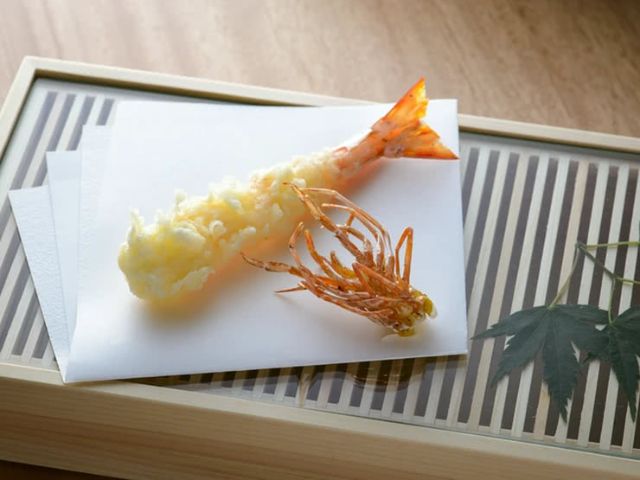
The interior of this restaurant is a bright space with muted tones, creating an atmosphere that makes it feel like a hideout for adults.
There are only two courses to choose from: the Tempura Course (13,200 JPY) and the Tempura Course + Hairy Crab and Daikon Radish Pot (16,500 JPY)!

Here, the shrimp tempura is especially recommended! The contrast between the taste and texture of the crunchy and fragrant head and the sweet and plump meat will surely get you hooked.
Kichiji Kanizo
Closed: Irregular
Average price: -
Access: 116m from Nakameguro Station
Address: 3F-B, Plage Meguro, 3-9-5, Kamimeguro, Meguro-ku, Tokyo Map
More Details Reservation
Tempura Miyashiro (Naka-Meguro)
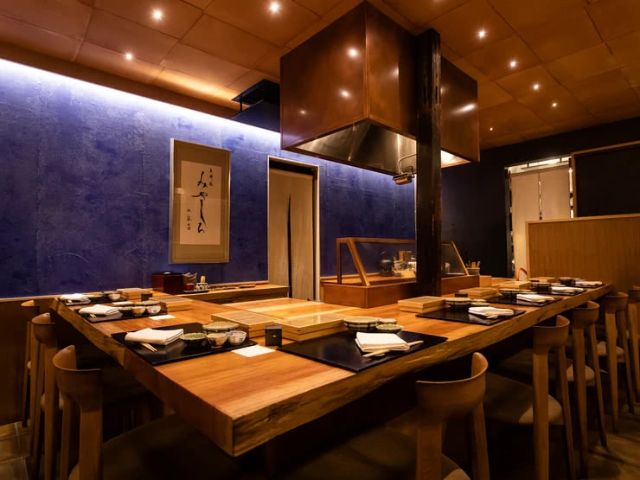
Found in a 100-year-old traditional Japanese house, this restaurant has no signboard, so it feels like a hideaway.
The interior of the restaurant is decorated with Japanese paper, creating a calm atmosphere.
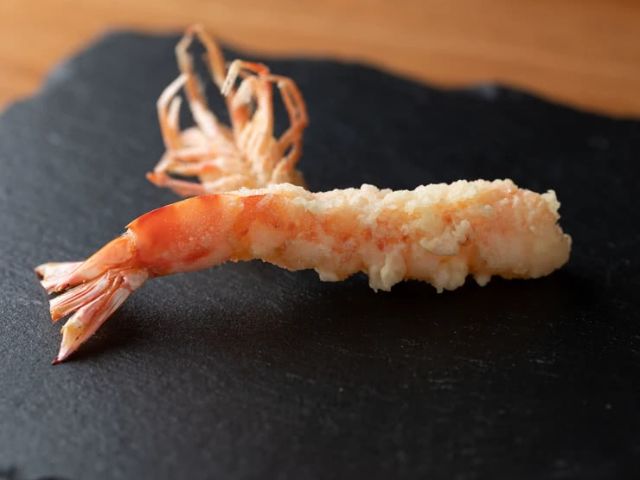
The Omakase Dinner Course (25,300 JPY) incorporates not only tempura, but also seasonal soup, sashimi, and other dishes, offering a lineup you will not tire of.
Tempura Miyashiro
Closed: Monday
Average price: [Dinner] 18,000 JPY / [Lunch] 18,000 JPY
Access: 3-minute walk from Nakameguro Station on Tokyo Metro Hibiya Line and Tokyu Toyoko Line
Address: 1F, 2-18-11, Kamimeguro, Meguro-ku, Tokyo Map
More Details Reservation






![[2023 Edition] What Is the Difference Between Kappo and Ryotei? A Look Into the Deep World of Japanese Cuisine](/gg/content_image/%2Fimage%2Fdiscover_oishii_japan%2F1660%2Farticle_head_150x105z.jpg)


![Azabudai Hills [SUMI] (Janu Tokyo) ~ Editor's Afterword by the Editor-in-Chief of Japan's Gourmet Site](/gg/content_image//image/discover_oishii_japan/6536/article_head_150x105z.jpg)









